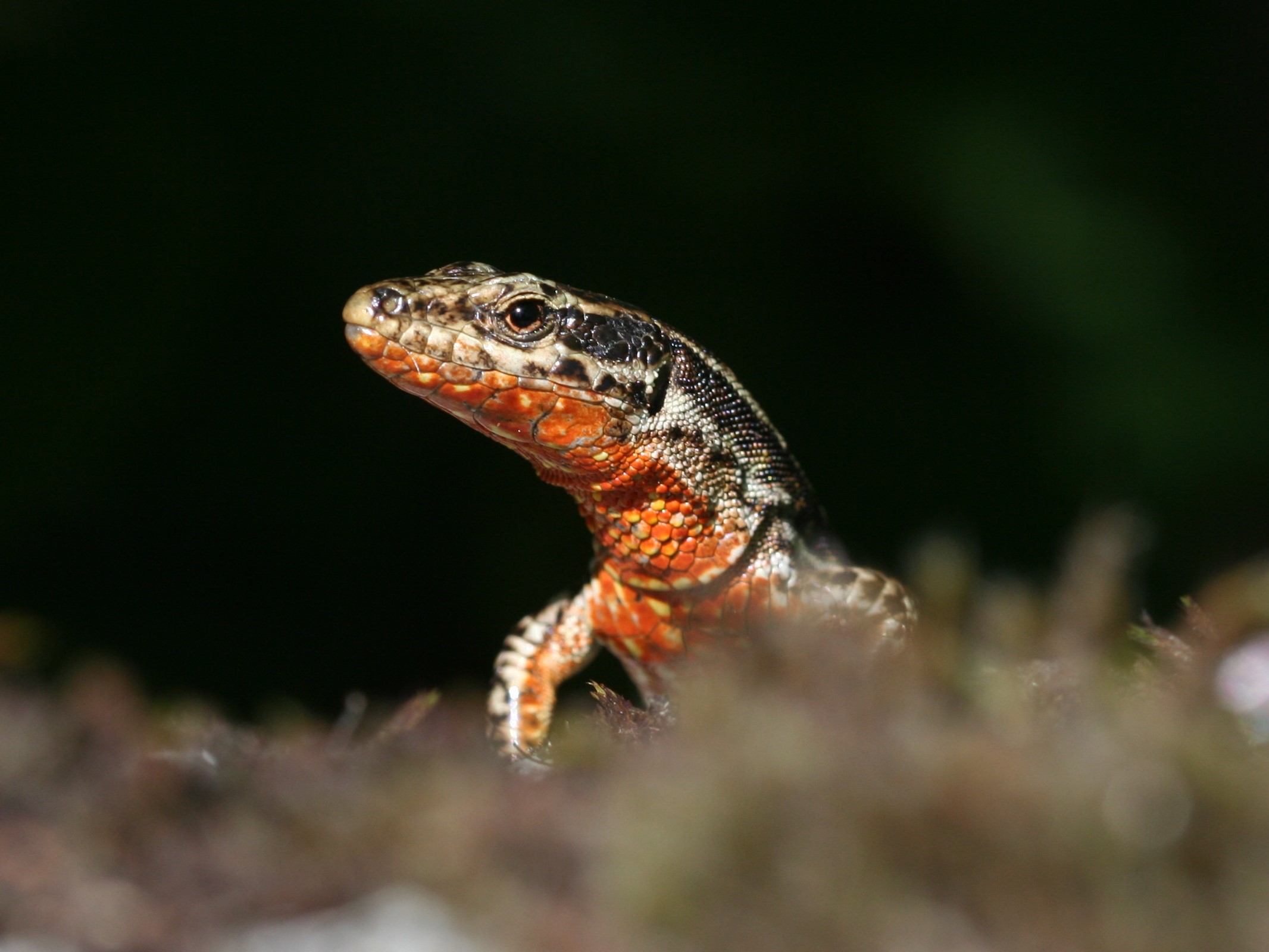Few genes involved in the wall lizard’s different traits

Different colored lizards of the same species differ in size, fighting ability and reproductive strategies – due to variation in only two genes, shows a study led by researchers from Uppsala University and the University of Porto. The study was enabled by the SciLifeLab National Genomics Infrastructure (NGI).
Reptiles show a diverse range of colors due to a variation in melanins, carotenoids, and pterins. These colors have different signaling functions, and are the result of ancient genetic variation and cross-species hybridization.
“Our results implicate that these “pigmentation genes” lead to other “side-effects”, such as potential differences in the functioning of the brain that could explain why lizards of different colour behave differently or have slightly different habitat choices,” said Professor Leif Andersson (SciLifeLab/Uppsala University).
The European common wall lizard (Podarcis muralis), which – as its name implies – is common in most of southern Europe, have a variety of colors on its throat and belly – being either white, bright orange/red or bright yellow. Researchers have now found that the different colors are the result of only two genes, and that the same two genes also affect other traits.
The study, published in PNAS, show that lizards of different colors also differ in characteristics such as size, fighting ability and reproductive strategies – and they also prefer to mate with lizards of their own color. When characteristic differs between populations or species, many genes are usually involved, the researchers were thus surprised to see that there were so few genes involved in this case.
The two genes are the SPR gene and the BCO2 gene, the latter have also been identified as being involved in yellow coloration in birds. Furthermore, the researchers found that the different colored lizards also had substantially divergent DNA – up to six times more than what is usually found when comparing human and chimpanzee DNA.
Read more: Press release from Uppsala University




